Home>diy>Architecture & Design>How To Open Up Split-Bedroom Design House
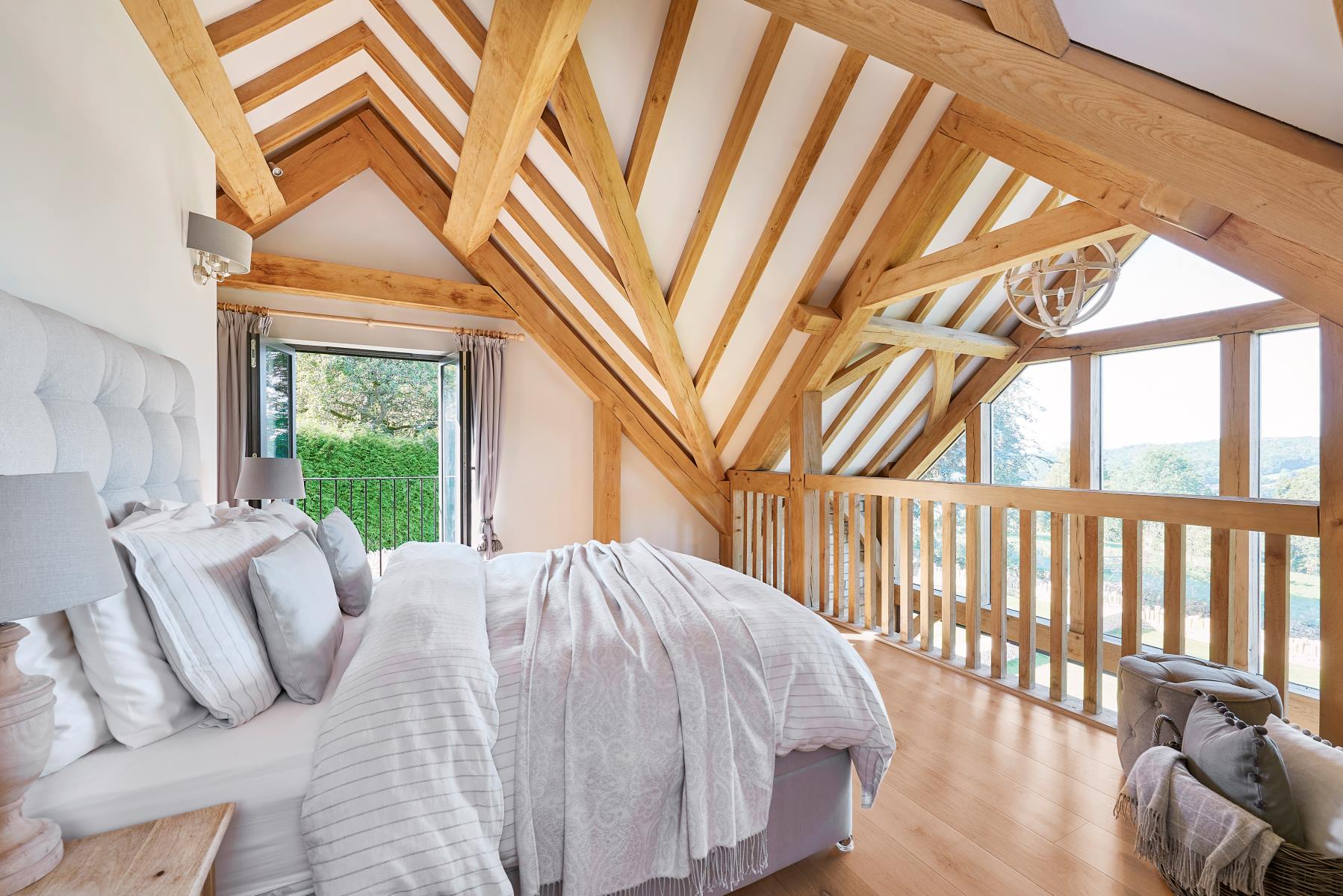

Architecture & Design
How To Open Up Split-Bedroom Design House
Modified: January 4, 2024
Learn how to open up a split-bedroom design house with our expert architecture design tips. Enhance the flow and functionality of your home with our innovative ideas.
(Many of the links in this article redirect to a specific reviewed product. Your purchase of these products through affiliate links helps to generate commission for Storables.com, at no extra cost. Learn more)
Introduction
When it comes to the design and layout of a house, there are various architectural styles that cater to different preferences and needs. One popular option for homeowners is a split-bedroom design house, which offers distinct living spaces for privacy and functionality. However, some homeowners may feel that dividing the house into separate areas restricts the flow and openness that they desire.
In this article, we will delve into the world of split-bedroom design houses and explore how to open up the space to create a more connected and spacious living environment. We will discuss the benefits of this design concept, factors to consider when opening up a split-bedroom design house, and provide a step-by-step guide on how to achieve this transformation. We will also address common challenges that may arise during the process and explore the pros and cons of hiring professionals versus taking the DIY approach.
By the end of this article, you will have a clear understanding of how to open up a split-bedroom design house, maximizing its potential and creating a home that suits your lifestyle and preferences.
Key Takeaways:
- Transform your split-bedroom design house into a spacious, connected oasis by carefully planning the redesign, addressing common challenges, and considering professional assistance for a smooth and successful transformation.
- Balance privacy and openness in your split-bedroom design house by weighing the benefits, considering factors, and deciding between hiring professionals or taking the rewarding DIY approach for a harmonious and inviting living space.
Read more: What Is A Split-Level House?
What is a Split-Bedroom Design House?
A split-bedroom design house is a type of architectural layout where the bedrooms are located on opposite sides of the house, with a distinct separation from the living areas. This design provides privacy and separation between the master bedroom and the secondary bedrooms, often with the master suite being situated on one end of the house and the other bedrooms on the opposite end.
The main objective of a split-bedroom design is to create a private retreat for the homeowners, offering a sanctuary away from the hustle and bustle of the common areas. This layout is especially popular for families, accommodating various needs and providing a sense of privacy for parents and children.
The typical features of a split-bedroom design house include:
- Master suite: The master bedroom, often accompanied by a private bathroom and sometimes a walk-in closet, is usually situated away from the other bedrooms to provide an intimate and secluded space.
- Secondary bedrooms: The secondary bedrooms are located on the opposite side of the house, separated from the master suite. These bedrooms are typically designed for children, guests, or other family members.
- Common areas: The common areas, such as the living room, dining room, and kitchen, are usually centralized and serve as the gathering spaces for the whole family.
- Distinct hallway or foyer: A hallway or foyer connects the different areas of the house, providing easy access to each section while maintaining privacy.
Split-bedroom design houses are favored for their functionality and practicality. They allow for a clear separation of space, providing privacy for the occupants while still fostering a sense of togetherness in the shared areas.
However, while this design concept works well for some homeowners, others may desire a more open and connected living environment. Opening up a split-bedroom design house can offer a solution to those seeking a more cohesive and fluid space, allowing for seamless movement between areas and enhancing the overall flow of the house.
Benefits of a Split-Bedroom Design House
Split-bedroom design houses offer several benefits that cater to the needs and preferences of homeowners. Here are some advantages of opting for a split-bedroom design:
- Privacy: One of the primary advantages of a split-bedroom design house is the privacy it provides. With the bedrooms located on opposite ends of the house, the master suite can offer a secluded space for relaxation and downtime. This layout is especially beneficial for parents who want their own retreat away from the noise and activity of the common areas.
- Noise reduction: By separating the bedrooms from the common areas, a split-bedroom design house helps to minimize noise disturbances. Children and guests can have their own designated area, allowing for a quieter and more peaceful sleeping environment.
- Flexibility: Split-bedroom design houses offer flexibility in terms of room usage. The secondary bedrooms can serve various purposes, such as a home office, a guest room, a playroom, or a gym. This versatility allows homeowners to adapt the space to their changing needs without sacrificing the functionality of the house.
- Defined zones: The distinct separation between the bedrooms and the common areas creates clear zones within the house. This can be advantageous for families with different schedules or when entertaining guests. It allows for individuals to have their own space while still enabling everyone to come together in the shared areas.
- Increased resale value: Split-bedroom design houses are appealing to potential buyers, as they offer the desirable combination of privacy and open living spaces. This can contribute to an increased resale value of the property, potentially providing a greater return on investment.
It’s important to note that while split-bedroom design houses have numerous benefits, they may not be the ideal choice for everyone. Some homeowners may prefer a more open and interconnected living environment, encouraging a sense of togetherness and fluidity throughout the house. If you find yourself in this situation, opening up a split-bedroom design house can help create the desired flow and connectedness without sacrificing privacy.
Factors to Consider when Opening Up a Split-Bedroom Design House
Opening up a split-bedroom design house requires careful planning and consideration to ensure a successful transformation. Before embarking on this project, it is important to take into account the following factors:
- Structural Integrity: Assessing the structural integrity of the house is crucial when considering any modifications, especially those that involve removing walls or altering the layout. Consult with a professional architect or structural engineer to determine the feasibility of opening up the space while maintaining the stability of the structure.
- Permits and Regulations: Check with your local building department to understand the necessary permits and regulations for making structural changes to your home. Compliance with local codes ensures that the modifications are safe and adhere to the guidelines set by the authorities.
- Budget: Establishing a budget is essential before undertaking any home renovation project. Determine how much you are willing to invest in opening up your split-bedroom design house and allocate funds accordingly for materials, labor, and any professional services required.
- Design Concept: Consider the overall design concept and aesthetic you want to achieve when opening up your split-bedroom design house. This includes the desired flow, lighting, and functionality of the space. Research different design styles, gather inspiration, and create a vision board to guide your decisions.
- Electrical and Plumbing Considerations: Opening up the space may require rerouting electrical wiring or relocating plumbing fixtures. Ensure that these considerations are taken into account during the planning phase to avoid any complications or additional costs.
- Storage Solutions: Assess your storage needs and plan for adequate storage solutions in the newly opened-up space. This may involve incorporating built-in cabinets, closets, or storage systems to keep the area organized and clutter-free.
- Functionality: Evaluate how the new layout will impact the functionality of the house. Consider the traffic flow, accessibility to different areas, and how the space will be utilized. Ensure that the modifications align with your lifestyle and cater to your specific needs and preferences.
- Professional Assistance: Depending on the complexity of the project, you may need the expertise of professionals such as architects, contractors, or interior designers. Consult with them to ensure that your vision is translated into a well-executed and functional design.
- Timeframe: Consider the timeframe for the project and the impact it will have on your day-to-day life during the renovation process. Be prepared for potential disruptions and plan accordingly to minimize inconveniences.
Considering these factors will help you make informed decisions and ensure a smooth and successful transition when opening up your split-bedroom design house. Take the time to carefully plan and evaluate each aspect to create a living space that meets your needs and enhances the overall functionality and aesthetics of your home.
Step-by-Step Guide on Opening Up a Split-Bedroom Design House
Opening up a split-bedroom design house requires careful planning and a systematic approach to ensure a successful transformation. Follow this step-by-step guide to guide you through the process:
- Evaluate the Space: Begin by assessing the current layout and understanding the structural elements of your split-bedroom design house. Identify the walls that can be removed or modified to create an open floor plan. Consider factors such as load-bearing walls, plumbing and electrical lines, and the overall structural integrity of the house.
- Consult with Professionals: Engage the services of a professional architect or structural engineer to evaluate the feasibility of your plans and ensure compliance with building codes and regulations. They will provide expert guidance on removing or relocating walls while maintaining the stability of the structure.
- Create a Design Concept: Determine the desired layout and flow of the newly opened-up space. Consider factors such as natural light, traffic flow, and functionality. Develop a design concept that aligns with your lifestyle and aesthetic preferences.
- Obtain the Necessary Permits: Contact your local building department to obtain the required permits for the modifications. This ensures that the project is in compliance with local codes and regulations.
- Plan for Electrical and Plumbing modifications: If the redesign involves relocating electrical outlets or plumbing fixtures, consult with a licensed electrician and plumber to ensure that the necessary adjustments are made.
- Find a Reliable Contractor: If you are not undertaking the project yourself, hire a reputable contractor who specializes in home renovations. Ensure that they have experience with similar projects and can deliver the desired results.
- Demolition and Construction: Once you have received the necessary permits and finalized the design plans, proceed with the demolition and construction. This may involve removing walls, rerouting electrical and plumbing lines, and creating the new layout as per your design concept.
- Install Structural Supports: If any load-bearing walls were removed, ensure that proper structural supports, such as beams or columns, are installed to maintain the integrity of the house.
- Finishings and Furnishings: Once the construction is complete, focus on the finishing touches. This includes painting the walls, installing flooring, and selecting fixtures, lighting, and furnishings that complement the new open layout.
- Consider Storage Solutions: Assess your storage needs and incorporate appropriate storage solutions, such as built-in cabinets or shelving, to keep the space organized and clutter-free.
- Final Touches: Add personal touches and decor to make the space feel welcoming and reflect your style. Consider elements such as artwork, rugs, and plants to add warmth and personality to the newly opened-up space.
Remember to communicate openly with your contractor and maintain a flexible mindset throughout the process. Unexpected challenges may arise, but with proper planning and professional assistance, your split-bedroom design house can be transformed into an open and inviting home that suits your lifestyle and preferences.
When opening up a split-bedroom design house, consider removing non-load-bearing walls to create a more open floor plan. Consult a professional to ensure structural integrity.
Read more: What Is A Split-Level House Design
Common Challenges and Solutions
Opening up a split-bedroom design house can present certain challenges that need to be addressed in order to achieve the desired outcome. Here are some common challenges and their corresponding solutions:
- Structural Limitations: One of the main challenges when removing walls in a split-bedroom design house is dealing with structural limitations. Some walls may be load-bearing and essential for the stability of the house. To overcome this challenge, consult with a professional architect or structural engineer who can assess the structural integrity of the house and provide solutions for maintaining the stability while modifying the layout.
- Plumbing and Electrical Rerouting: Opening up the space may require relocating plumbing lines and electrical wiring. This can be a challenge, particularly if the existing infrastructure is not flexible. It is important to engage the services of licensed professionals who can assess the feasibility of rerouting and provide solutions to ensure the new layout meets your needs while adhering to safety codes.
- Costs and Budgeting: Opening up a split-bedroom design house can involve unforeseen expenses. From structural modifications to finishes and furnishings, it is important to establish a realistic budget and account for potential cost overruns. Conduct thorough research and obtain multiple quotes from contractors and suppliers to ensure that you have an accurate estimation of the project costs.
- Loss of Privacy: Opening up the space in a split-bedroom design house may result in a potential loss of privacy, particularly if the master suite is now more exposed to the common areas. To address this, consider incorporating design elements such as room dividers, sliding doors, or strategically placed furniture to create visual separation without compromising the open concept.
- Reconfiguring HVAC Systems: Modifying the layout of a split-bedroom design house may require reconfiguring the HVAC (heating, ventilation, and air conditioning) system. This can be challenging as it involves redirecting ductwork and ensuring proper airflow throughout the newly opened-up space. Consult with HVAC professionals to evaluate the feasibility of reconfiguring the system and design a layout that efficiently distributes air to all areas.
- Finding the Right Contractor: Finding a reliable contractor who specializes in home renovations is essential for a successful project. However, selecting the right contractor can be a challenge. Take the time to obtain referrals, read reviews, and interview multiple contractors to ensure they have the necessary experience, expertise, and a solid track record in completing similar projects.
By addressing these common challenges and seeking professional guidance where necessary, you can overcome obstacles that may arise during the process of opening up a split-bedroom design house. With proper planning and problem-solving, you can create a cohesive and functional living space that meets your needs and elevates the overall aesthetic of your home.
Hiring Professionals vs. DIY Approach
When it comes to opening up a split-bedroom design house, homeowners may face a decision between hiring professionals or taking the do-it-yourself (DIY) approach. Both options have their advantages and considerations. Let’s explore the pros and cons of each:
Hiring Professionals
Pros:
- Expertise and Experience: Professionals, such as architects, contractors, and interior designers, have the knowledge, skills, and experience to successfully execute a renovation project. They can provide valuable insight, guidance, and creative solutions to overcome challenges.
- Efficiency and Time-Saving: Hiring professionals can save time and expedite the renovation process. They have a team of skilled workers who can efficiently handle different aspects of the project, ensuring that the work is done professionally and completed within a reasonable timeframe.
- Access to Resources: Professionals have access to a network of suppliers and tradespeople, allowing them to source high-quality materials and ensure timely delivery. They can provide recommendations and help you make informed decisions when selecting finishes and furnishings.
- Permits and Compliance: Professionals are familiar with local building codes and regulations. They can guide you through the permit application process, ensuring that your renovation is in compliance with safety standards and legal requirements.
- Peace of Mind: Hiring professionals gives you peace of mind, knowing that experts are handling the project. They assume responsibility for liability and ensure that the work is done to a high standard, minimizing the risks associated with DIY renovations.
Cons:
- Cost: Hiring professionals can be more expensive than doing the work yourself. You need to consider the cost of labor, design services, and any additional fees associated with hiring a team of experts.
- Less Control: When you hire professionals, you relinquish some control over the project. While they will seek your input, ultimately, they will be responsible for making decisions and executing the renovation according to their expertise and experience.
DIY Approach
Pros:
- Cost Savings: One of the primary advantages of the DIY approach is cost savings. By taking on the project yourself, you can avoid labor costs and potentially save money on design services.
- Greater Control: Doing the work yourself allows you to have full control over the design, execution, and timeline of the renovation. You can make decisions based on your personal preferences and modify plans as needed.
- Learning Opportunity: Taking a DIY approach provides an opportunity for personal growth and learning. You can acquire new skills, gain knowledge about home renovations, and take pride in the accomplishment of completing the project on your own.
Cons:
- Learning Curve: Renovating a split-bedroom design house requires a certain level of knowledge and expertise. If you lack experience in construction and design, you may encounter challenges and face a steeper learning curve, which could lead to mistakes and delays.
- Time and Effort: Taking on a DIY renovation project requires a significant investment of time and effort. You will need to dedicate yourself to research, planning, executing the construction, and managing the project, which can be overwhelming, particularly for busy homeowners.
- Risk of Mistakes: Without professional guidance, there is a higher risk of making mistakes during the renovation, which may result in costly repairs or adjustments later on. Additionally, DIY renovations may not always meet building code requirements, which can lead to issues when selling the property.
When deciding between hiring professionals and taking the DIY approach, it is important to assess your capabilities, available time, and budget. If you have the necessary skills and expertise, and are willing to invest the time and effort, a DIY project can be a rewarding experience. However, for complex renovations and peace of mind, hiring professionals can ensure a smooth and successful transformation of your split-bedroom design house.
Read more: How To Set Up A Projector In The Bedroom
Conclusion
Opening up a split-bedroom design house can be a transformative process, creating a more spacious, connected, and functional living environment. By weighing the benefits, considering the factors, and following a step-by-step guide, you can successfully achieve the desired results.
Split-bedroom design houses offer privacy, defined zones, and flexibility, making them popular choices for many homeowners. However, if you desire a more open and interconnected living space, opening up your split-bedroom design house can provide the desired flow and connection without compromising on privacy.
Throughout the process, it is important to address common challenges such as structural limitations, plumbing and electrical adjustments, costs, and finding the right professionals. By consulting with experts, obtaining necessary permits, and carefully planning the redesign, you can overcome these challenges and create a space that meets your needs and aesthetics.
Deciding whether to hire professionals or take the DIY approach depends on your skills, budget, and time constraints. While hiring professionals comes with expertise, efficiency, and peace of mind, a DIY approach can offer cost savings, greater control, and personal growth. Evaluate your capabilities and resources to make an informed decision that aligns with your vision and objectives.
In conclusion, opening up a split-bedroom design house requires careful planning, thoughtful consideration, and in some cases, professional assistance. By balancing functionality, aesthetics, and your personal preferences, you can create a harmonious and inviting living space that reflects your lifestyle and enhances the overall value of your home. Whether you choose to embark on this renovation journey yourself or hire professionals, the end result will be a transformed space that brings joy and satisfaction to you and your family.
Frequently Asked Questions about How To Open Up Split-Bedroom Design House
Was this page helpful?
At Storables.com, we guarantee accurate and reliable information. Our content, validated by Expert Board Contributors, is crafted following stringent Editorial Policies. We're committed to providing you with well-researched, expert-backed insights for all your informational needs.
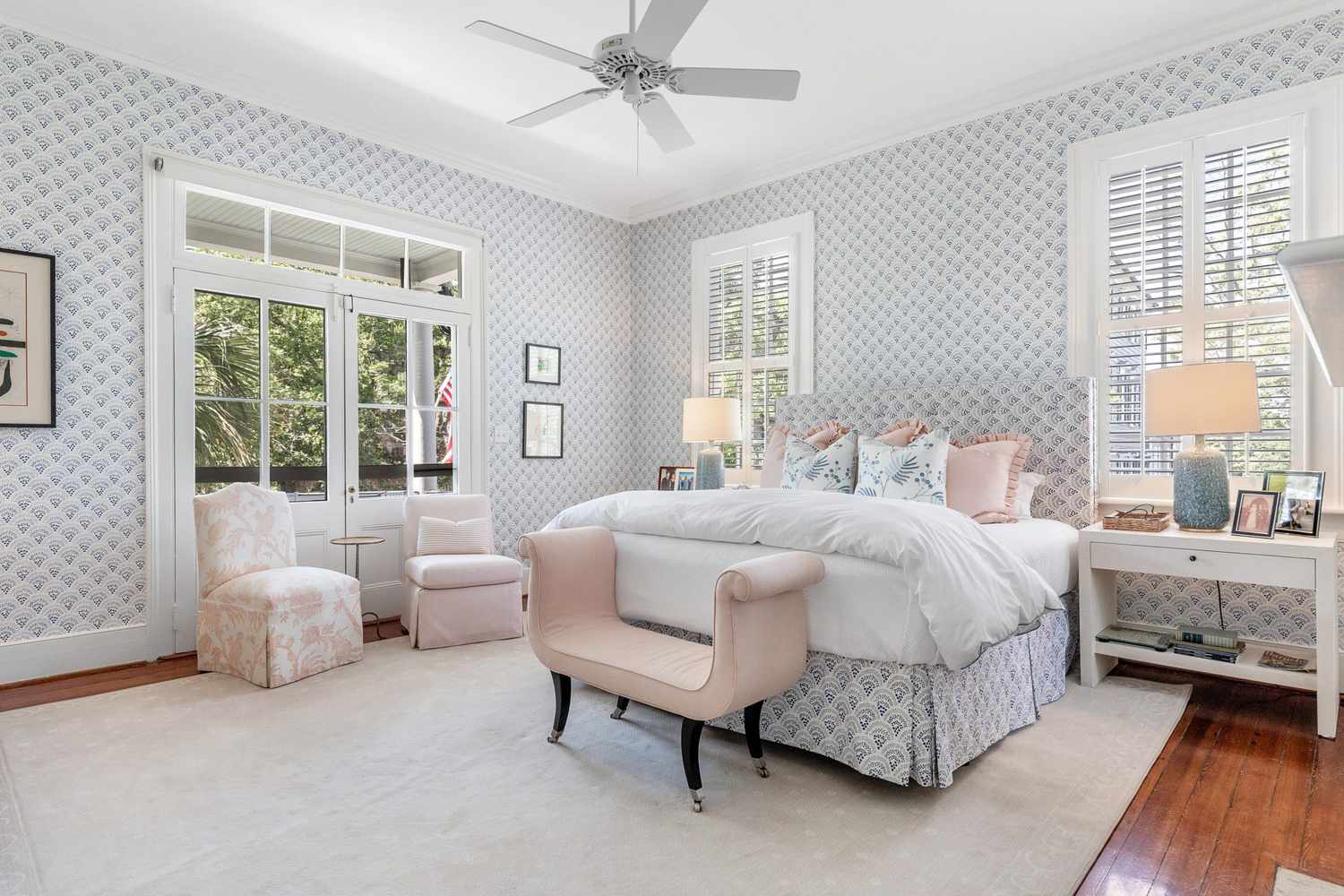
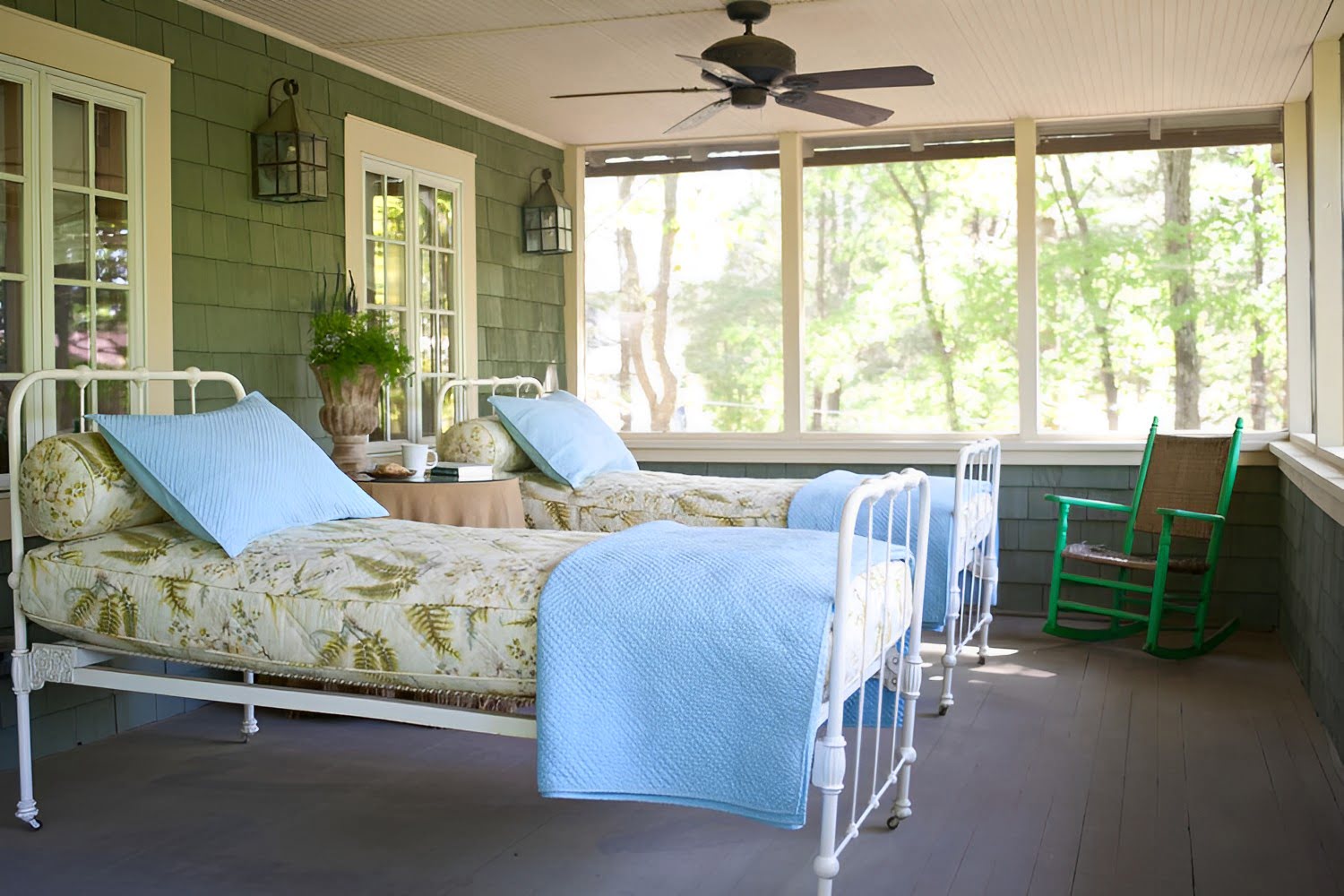

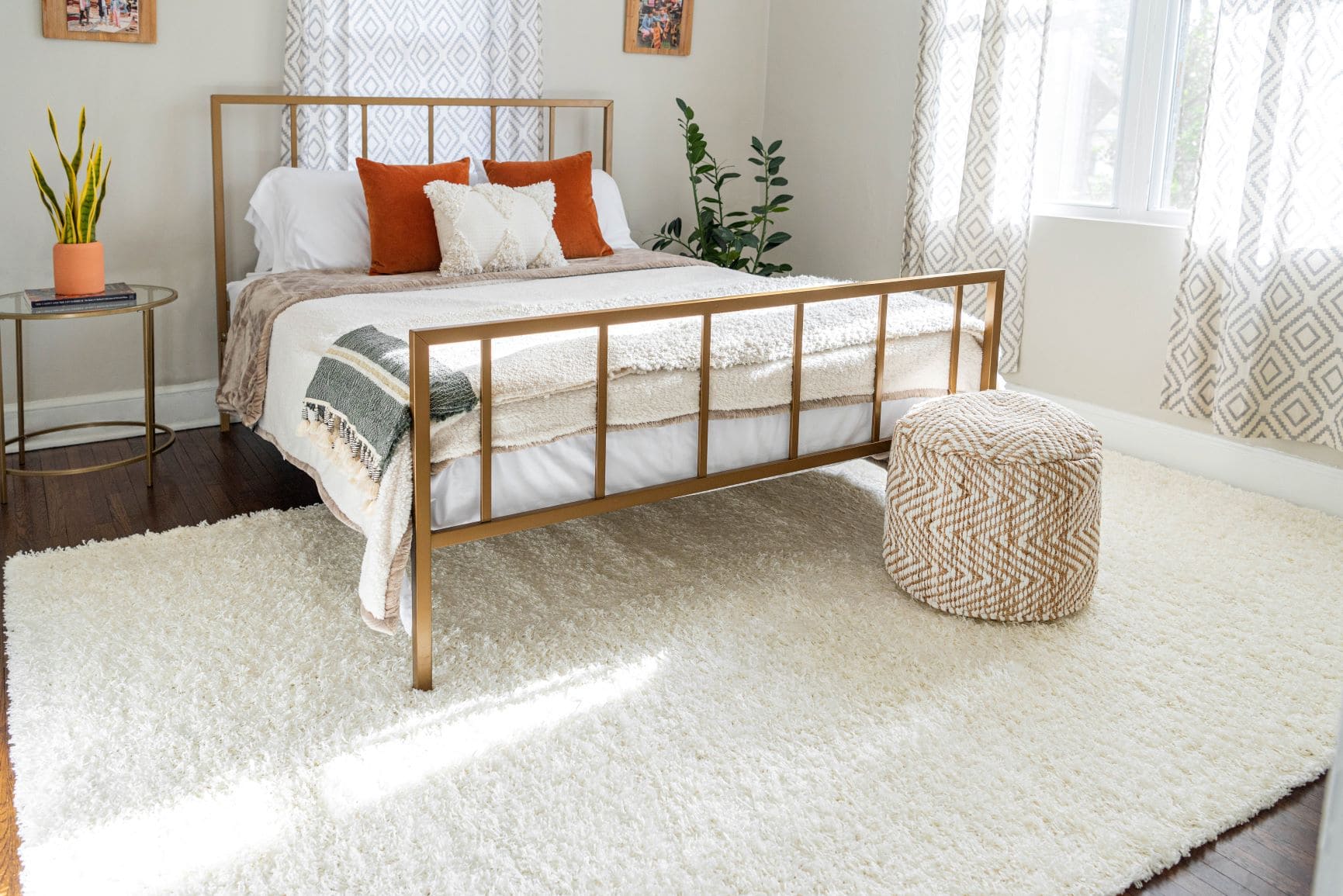
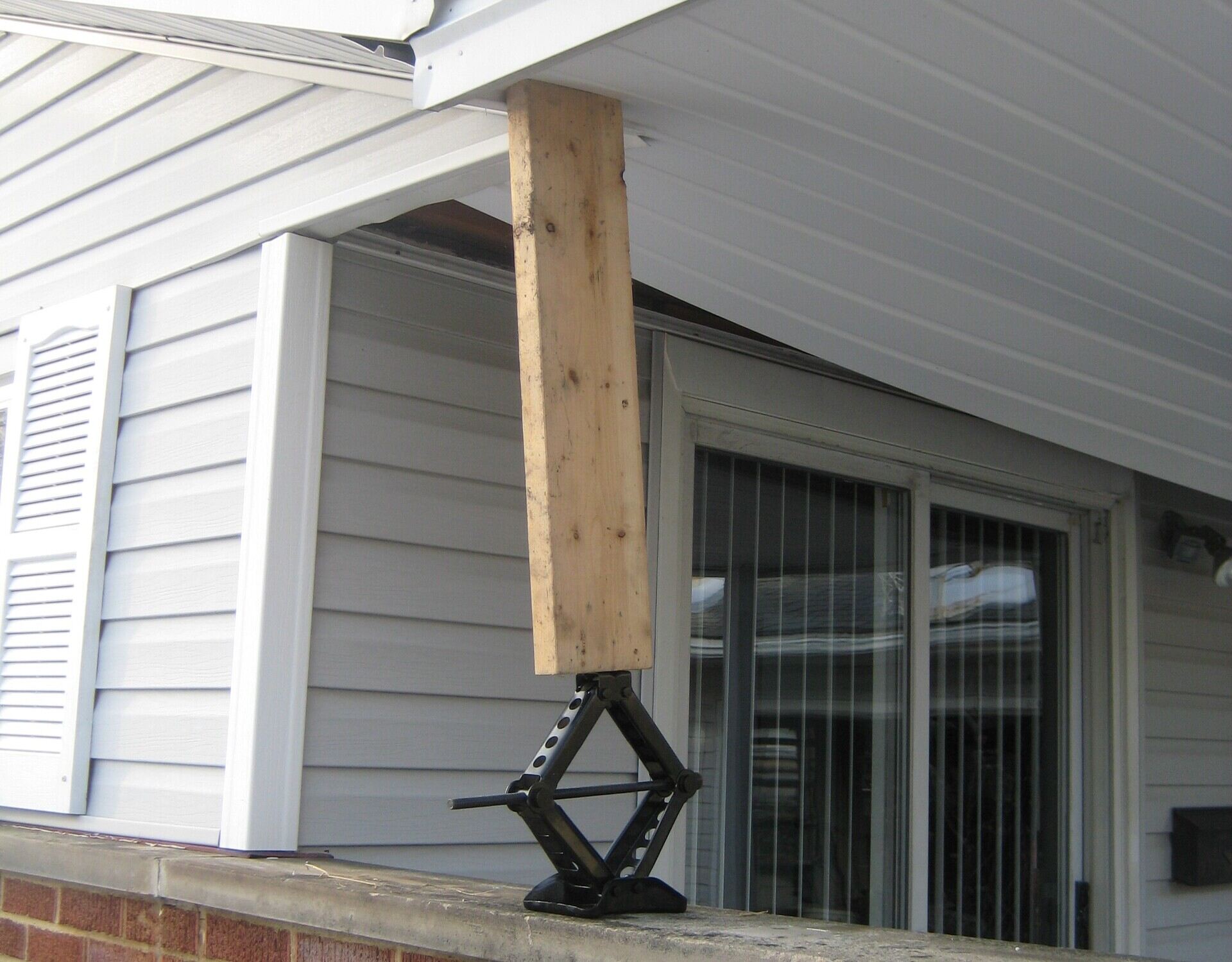
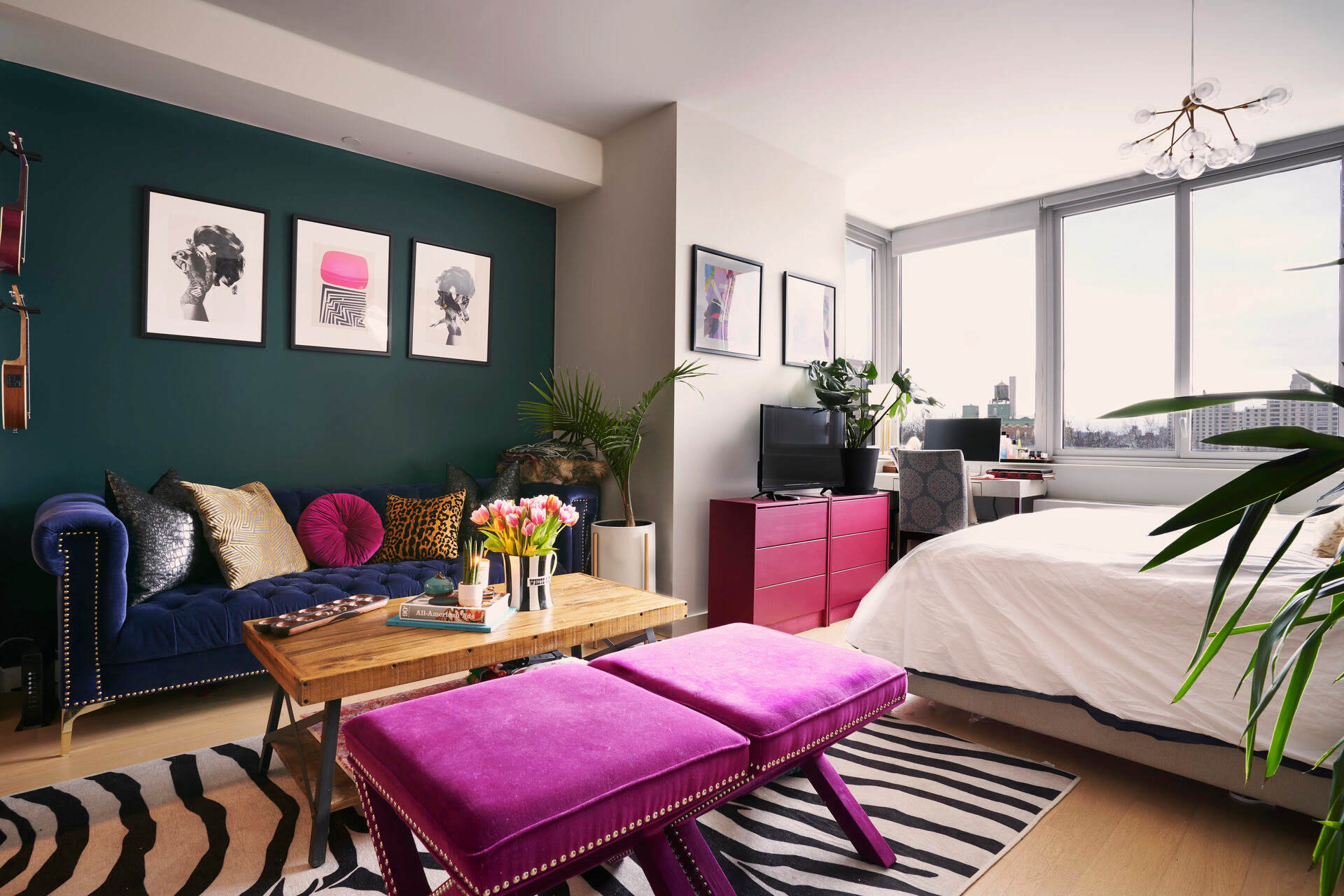
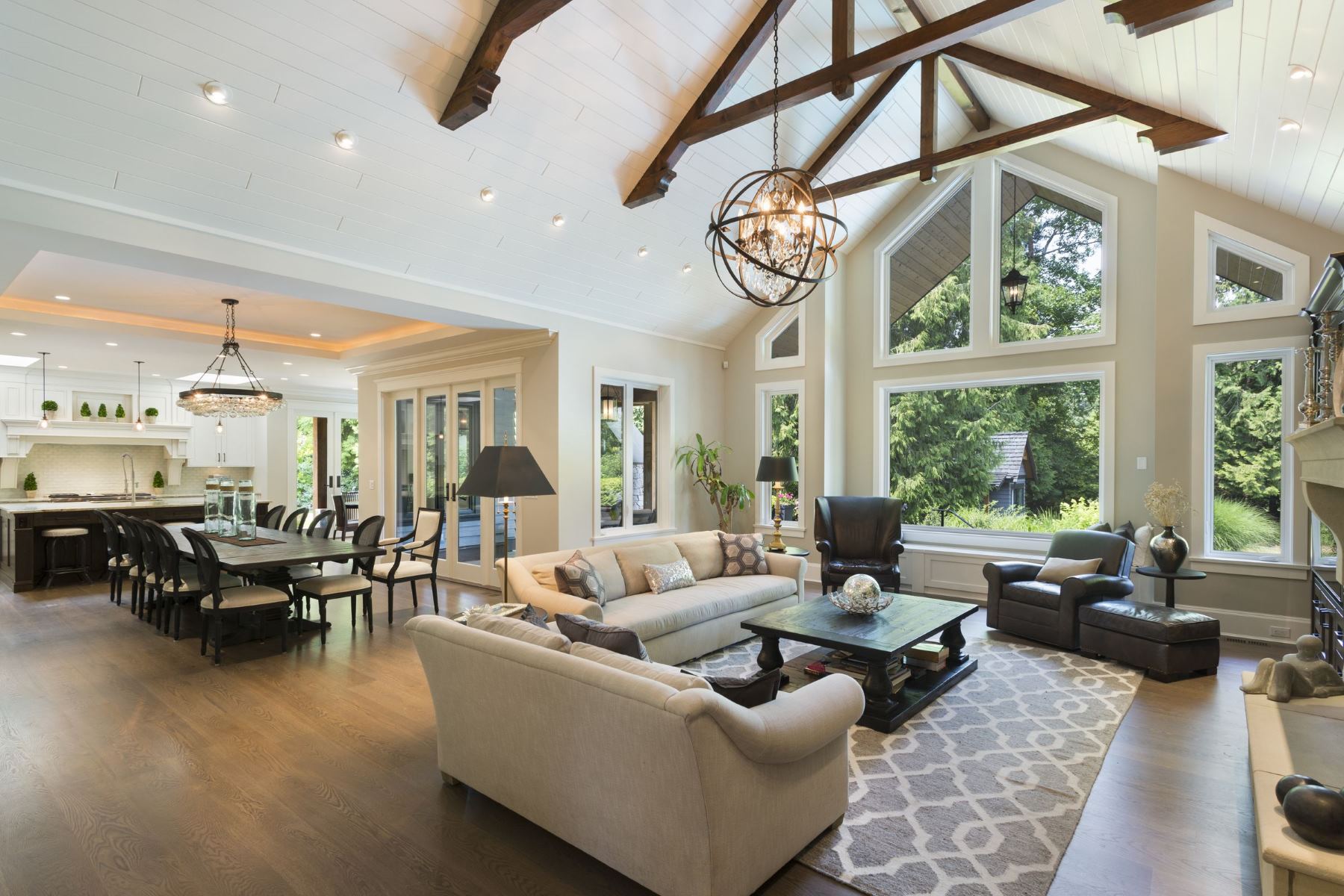
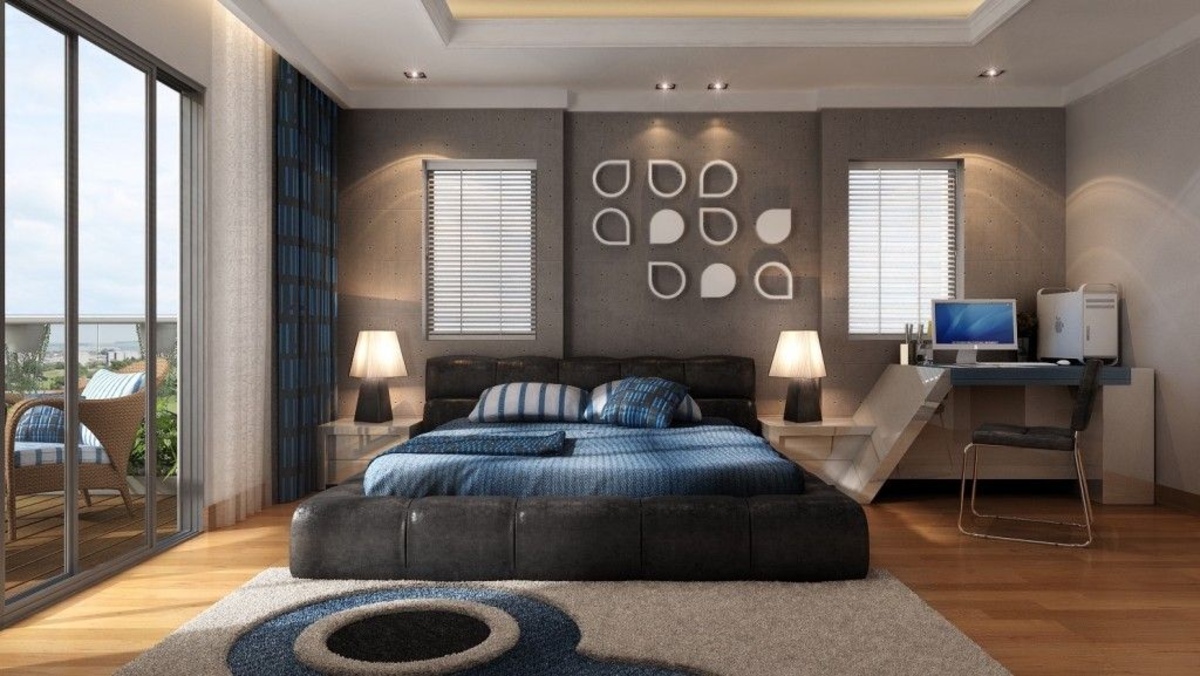
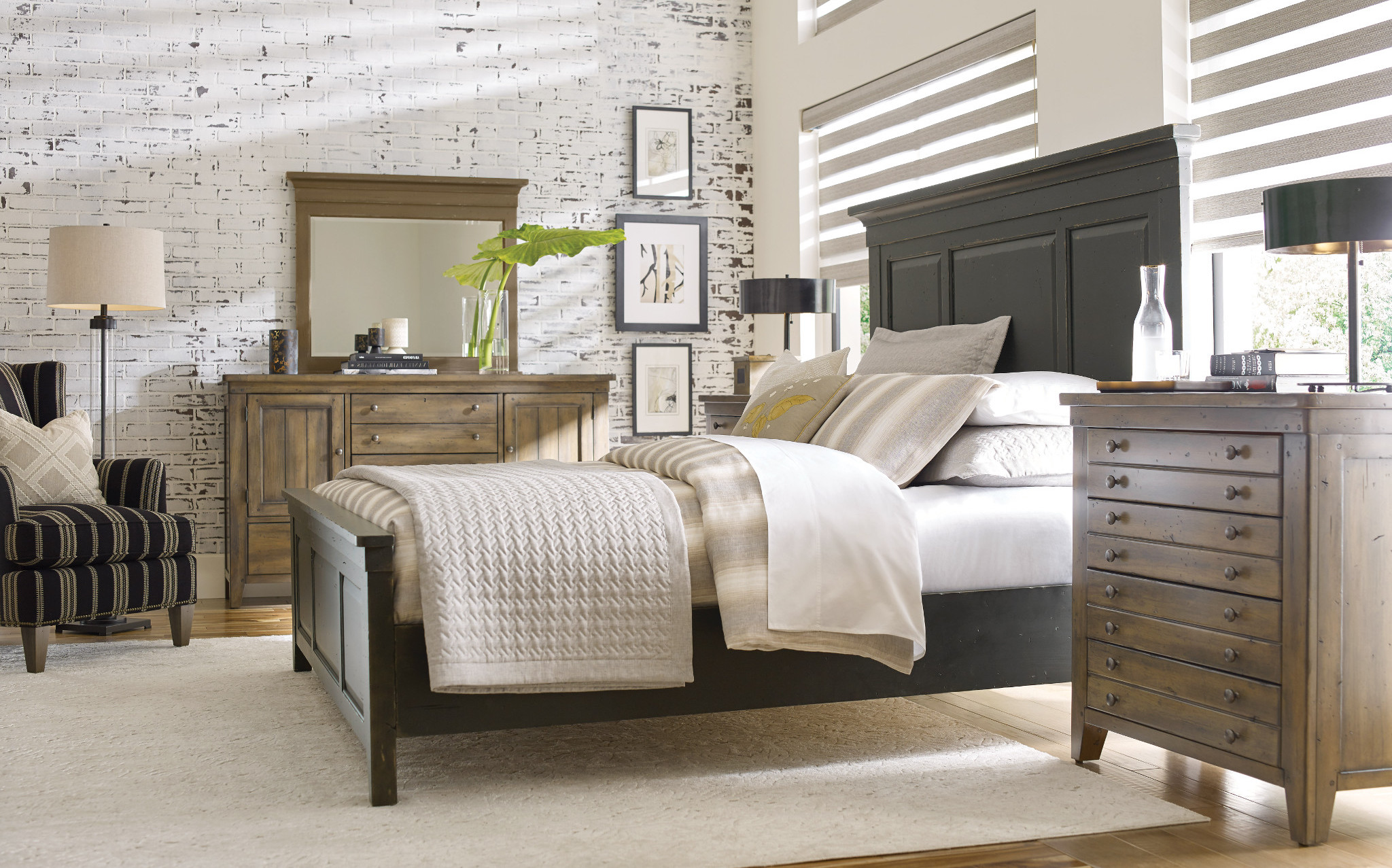


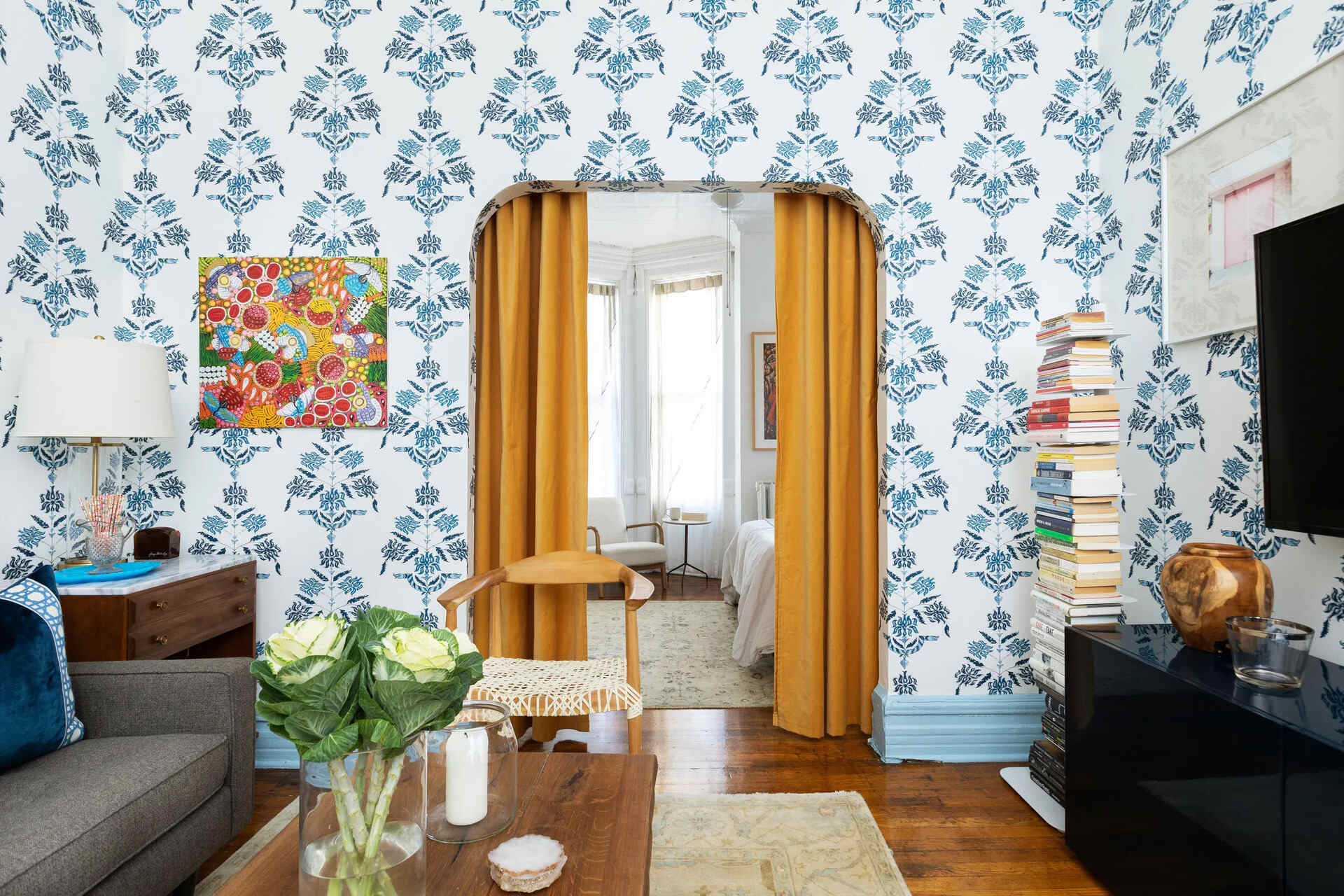
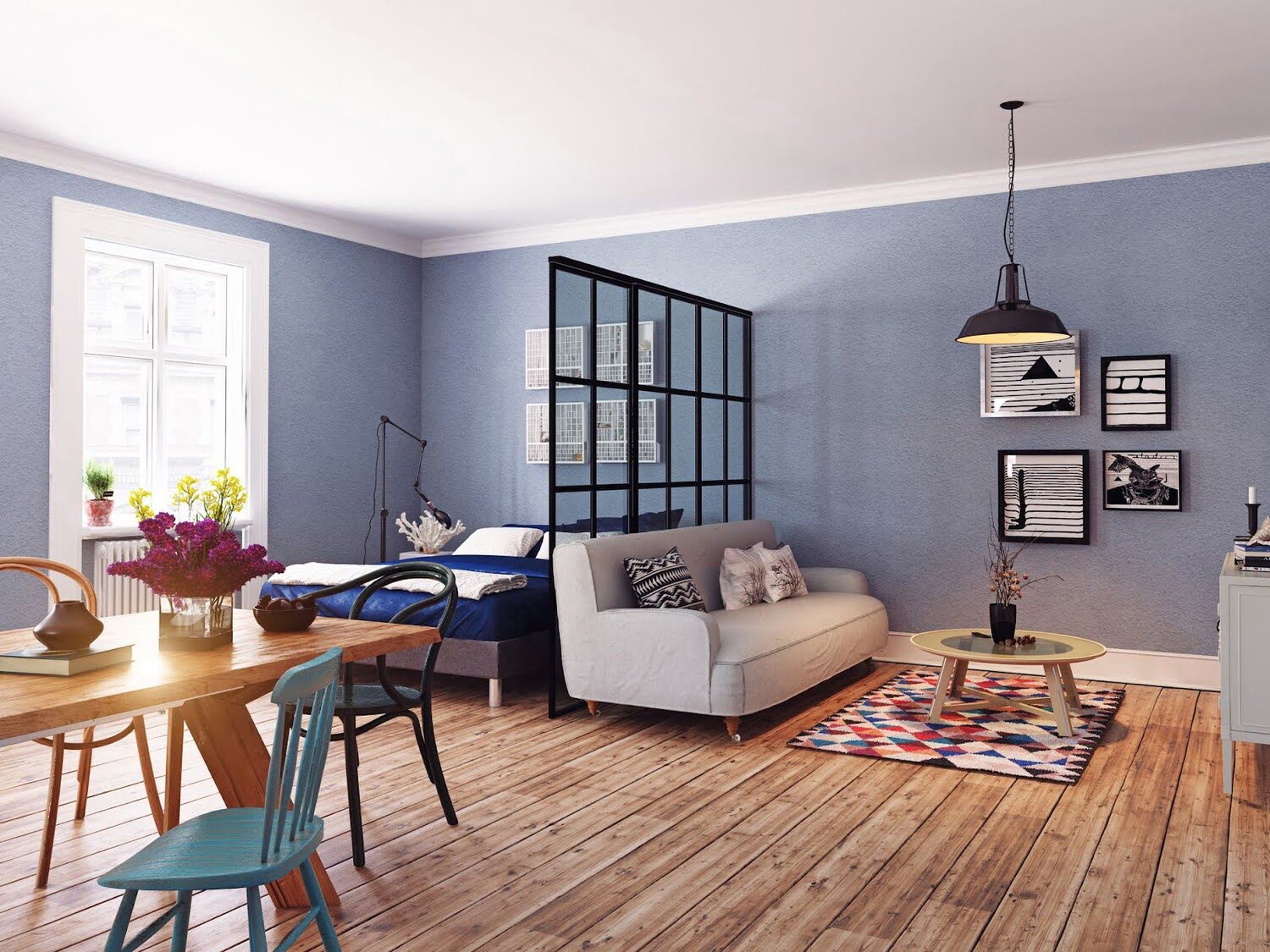

0 thoughts on “How To Open Up Split-Bedroom Design House”